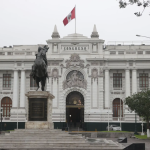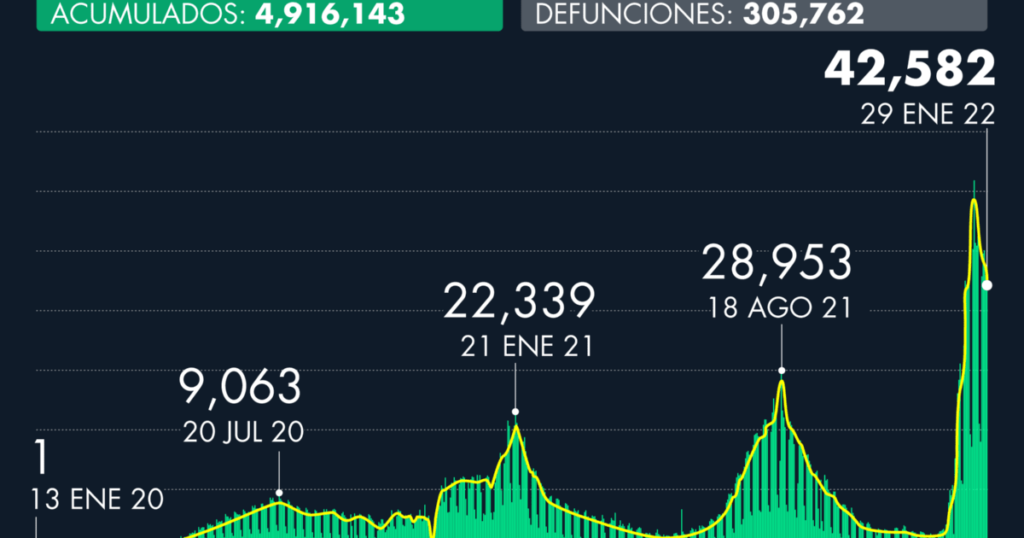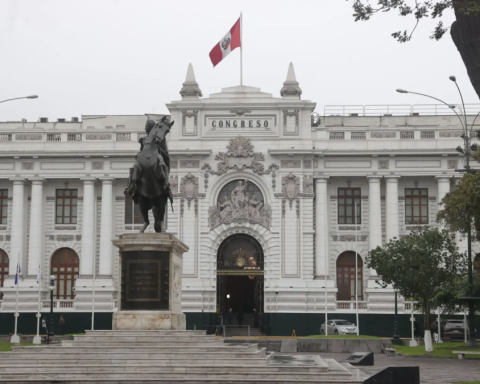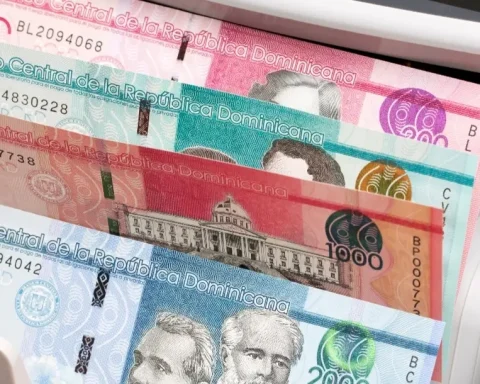The Central American Institute for Fiscal Studies (Icefi), based in Guatemala, issued a report called Fiscal Context of Central America, in which it showed that the very high growth of the gross domestic product (GDP) of the countries of the region in 2021, is due to to an unusual combination of internal and external factors, rather than to the efficiency of the rulers.
Citing official data from the nations of the isthmus, the Icefi shows Panama (12.4%), Honduras (10.5%), and El Salvador (10.3%), leading regional growth in 2021, with Guatemala (7.5%), Nicaragua (6.0 %), and Costa Rica (5.4%), closing the block with comparatively moderate performances.
Despite what the numbers suggest at first glance, the Institute’s experts highlight the need to do a deeper analysis of the data, to dismiss the triumphalism of rulers who claim the applause of their societies, by presenting them as “historical milestones” , “extraordinary results of government management”, and even as a “world example of how to sustain the economy”.
“The comments of the rulers are a mirage,” said Abelardo Medina Bermejo, senior economist at Icefi, attributing these results to “a series of global – and also national – socio-productive conditions that give the illusion, generate the idea that we improve, when in reality what we observe is the rebound of economic activity”.
In the case of Nicaragua, although the latest data offered by the Central Bank (BCN), placed growth in a range between 7.5% and 9.5%, the Icefi worked with an estimate of 6.0%, having to make its own calculations without access to reliable information, rather paying attention to “the rebound and the special behavior of trade, as well as the increase in remittances and derived consumption” explained the expert.
Based on that 6.0%, and on the assumption that the activity will grow at a rate of 3.2% in 2022, the Icefi shows that at the end of this year, Nicaragua will have returned to the level of growth observed in 2017, while the rest of the The region will have resumed the rhythm it had until before the start of the pandemic.
In 2022, Nicaragua will return to 2017
The statistical exercise was done establishing 2013 as the base year for all. Based on this premise, in 2017, Nicaragua showed the second highest accumulated growth in the region (20% more than in 2013), only surpassed by Panama, which at that time had more than 23%.
As Nicaragua is the only country on the isthmus that reported decreases in 2018 and 2019, to which is added the shared debacle of 2020, the country is the one that comes out of this crisis in the worst conditions, because the accumulated growth 2013-2022 adds 19.9%, while Central America resumes the speed it had, in such a way that, at the other extreme, Guatemala would grow 36.6%.
Panama (31.2%); Honduras (30.2%); and Costa Rica (29.2%), complete the upper part of the table, while El Salvador (21.2%) accompanies Nicaragua as the two nations with the lowest performance in the period.
These percentages take into account the expected growth for 2022, which also has Panama leading the pack, with an increase in GDP of around 8.2%, while Costa Rica and Guatemala (the three most developed economies in the region) expect to grow 4.5%.
Further down, they forecast that Honduras will grow 4.2%; El Salvador 4.0%, and Nicaragua 3.2%.
Medina Bermejo said that they will continue to observe how the national economy behaves. “Based on this apparent recovery of normalcy, we would be talking about a growth of between 4.0% and 4.5% in the coming years,” he predicted.
Although he did not present specific data on unemployment and poverty in Nicaragua, the economist said that “the decision of the governments to compensate -at least partially- the harmful effects of the pandemic were appropriate, but we must recognize that these efforts, especially in countries like Nicaragua -also Guatemala- were very, very limited, to the extent that the levels of extreme poverty increased”.
Two points less of the GDP in collection 2022
The political and economic instability observed in Nicaragua as of 2018 was also reflected in the ups and downs of tax collection, expressed as a percentage of GDP. If between 2015 and 2017, tax revenue grew at a rate of half a percentage point per year, taxes collected in 2018 plummeted 0.9 points, to close at the equivalent of 15.7% of GDP.
In the following two years, collections exceeded 17% of GDP, reaching in 2021, the record of 18.4% of the product, due, among other reasons, to the increase in international oil prices, as well as the abandonment of confinement volunteer of people, which allowed a greater recovery of economic activity.
The outlook is not so good for 2022, the year in which the Icefi forecasts a drop of two percentage points, to leave the collection at the equivalent of 16.4% of GDP.
The Institute considers that Nicaragua presents a “strong underestimation of the expected revenue values for 2022”, recalling that this practice “is common in recent times”, and then gives rise to several budget reforms during each calendar year, which allows to accommodate the budget.

In the opinion of the Icefi experts, “this practice, which reflects a lack of transparency in budgeting, and the lack of effective medium and long-term plans, has tended to propose very conservative values in the budgets, but also lower levels of expected expense.
This would explain that, “after an expected collection of 18.4% of GDP in 2021, the Nicaraguan budget raises just one of 16.4% of GDP in 2022, well below what was observed, even in the most severe periods of the political crisis. recent”.
When referring to the performance of Central America in 2021 and what is expected for 2022 in terms of tax collection, the Report explains that, for the most part, “the results obtained are simply the product of the change in the denominator of the series, so the gradual return to normality of economic growth in 2022, will once again show the trajectory of the fiscal variables”.
“Hence, the values expected for this year by most of the tax authorities of the countries represent a reality check and a reminder that the fiscal problems that afflict the States have not disappeared,” the entity warns.


















